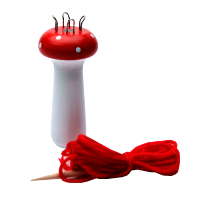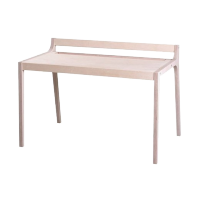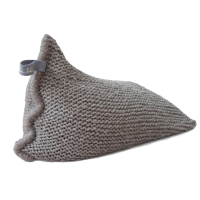The first Red Arrows team was officially formed in 1965; since then, they have completed over 4,000 displays in 53 countries. The Red Arrows’ reputation is built on commitment and professionalism, combined with Royal Air Force skills, training and equipment – not to mention those acrobatic twirls and ribbons of colour smoke in dramatic fly-pasts during celebratory royal ceremonies.
This perfectly scaled down 1:72 model of the classic Red Arrows Hawk is designed to be put together and painted by aeronautical enthusiasts!
Authentic detail is applied using the distinctive dinky pots of Humbrol Enamel Paints in assorted colours including Gunmetal, Light Aircraft Grey, and Arrow Red (£1.70 each).
The dual-control BAe Hawk T1 is the RAF’s advanced trainer, and has been used by the Red Arrows since 1979. Essentially the same as those flown by RAF Advanced Training Students, this model has the addition of smoke generators and a slightly up-rated engine giving a faster response time for all those aeronautic acrobatic antics.
Designer Details Airfix was originally founded in 1939 by Nicholas Kove, a refugee from Hungary who originally manufactured rubber-inflated toys, who chose the name Airfix partly because the manufacture process involved ‘fixing’ air into the products. By the late 1940s, Airfix was approached by tractor manufacturer Harry Ferguson to produce a cheap model of one of his tractors as a promotional tool. There were problems making the model, so it was decided to make it in a series of parts to be assembled by a team of skilled workers. These ready-built tractors were extremely popular and Ferguson allowed Airfix to produce them as toys under the Airfix name. It soon became obvious that more tractors could be sold if they were cheaper, and to achieve this they sold the kits unmade with instructions. This new do-it-yourself model proved even more successful. The small scale Golden Hind was launched in 1952, followed by a wide range of model kits – including the all-famous Spitfire model, which appeared in 1953. The 1960s and ‘70s were boom times for Airfix, as the range expanded to include figures, trains, trackside accessories, military vehicles, engines, rockets, large classic ships, warships, liners, modern cars, vintage cars, motorcycles, spaceships and more. By the 1980s, demand had declined and the company was forced to declare bankruptcy. Successive owners, who also had Heller (the French-based plastic kit manufacturer) and Humbrol (who made modelling paints and accessories) in their stable, breathed new life into the much-loved brand, bringing some fantastic high quality models to the market and they are now considered a vintage classic.





